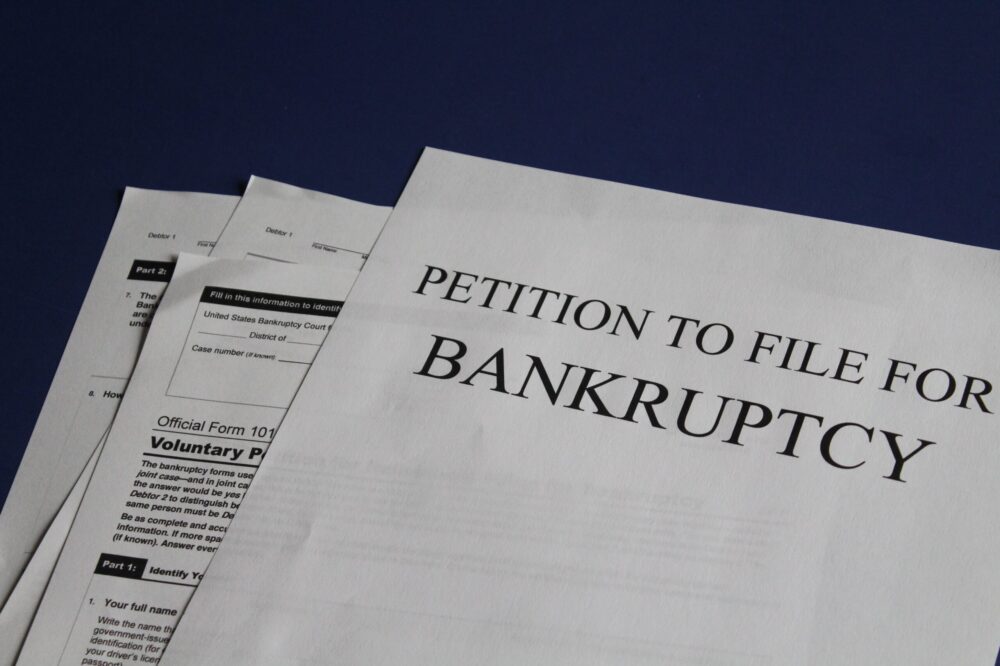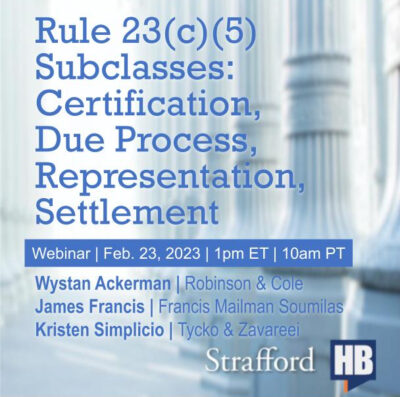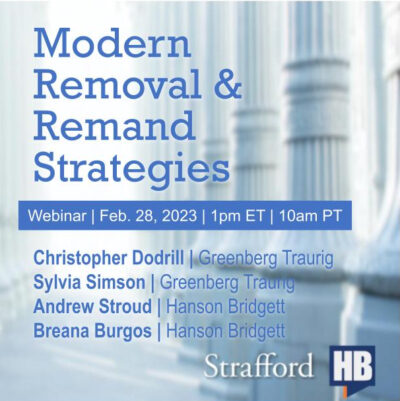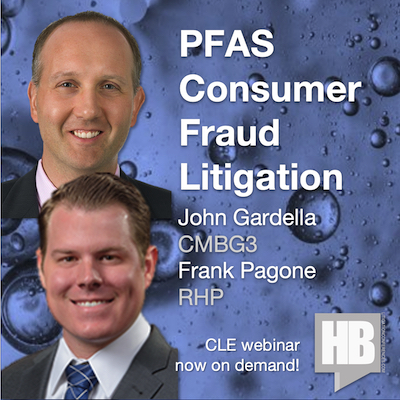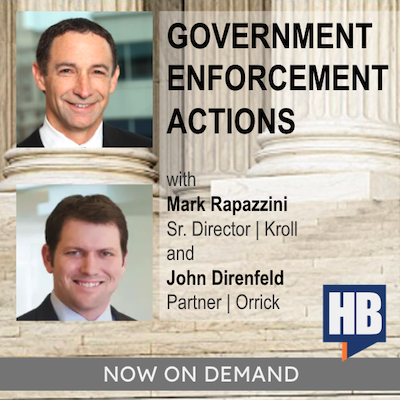Managing Class Representative Discovery: Plaintiffs’ Strategies for Winning Certification
Managing Class Representative Discovery: Plaintiffs' Strategies for Winning Certification Preparing for Discovery Pre-Suit, Negotiating Fair Protocols, Defending Depositions, and Responding To Written Discovery Class representative discovery is an essential component of establishing Rule 23 class certification. Experienced plaintiffs' counsel will need to be well-versed in the many defense strategies for eliciting class representative testimony and discovery that could undermine the claims in a class action lawsuit and challenge class certification. Preparing for discovery begins before the case is filed, and class representatives must thoroughly understand their obligations in the discovery process. Plaintiffs’ counsel must think through and negotiate protocols related to several topics that affect the scope of discovery, including protective orders ESI protocols. Plaintiffs’ counsel must also carefully guide their class representatives through written discovery and depositions, where the class representatives’ responses are critical to the case. Listen as this panel of esteemed class action plaintiffs' lawyers shares strategies on how to best handle class representative discovery and avoid common issues that could present challenges at class certification. David Fernandes Attorney Baron & Budd Phong-Chau G. Nguyen Partner Lieff Cabraser Heimann & Bernstein Now On Demand! Recorded: 4/4/2023 90 Minutes What are the most difficult issues for plaintiffs to navigate during discovery? What protocols are the most important? What types of questioning techniques might be anticipated [...]




